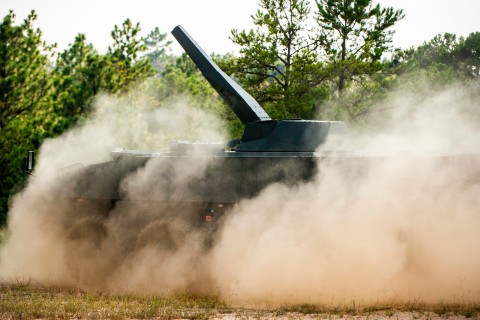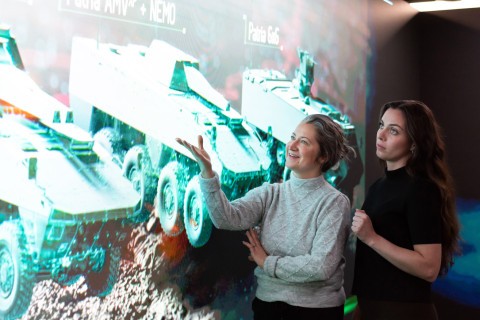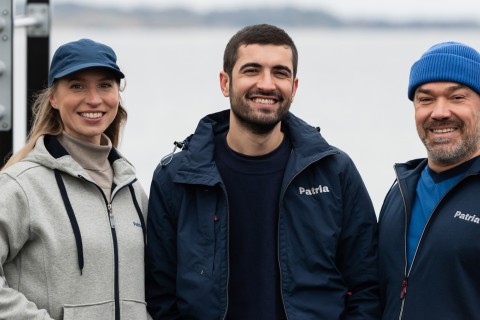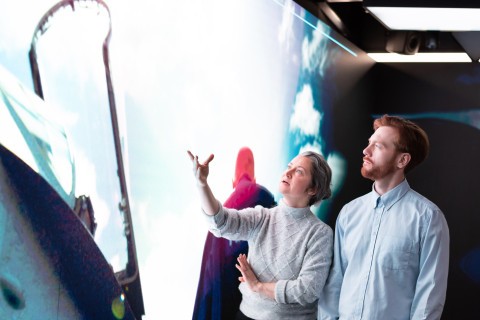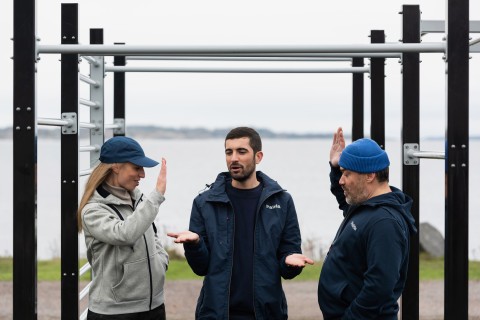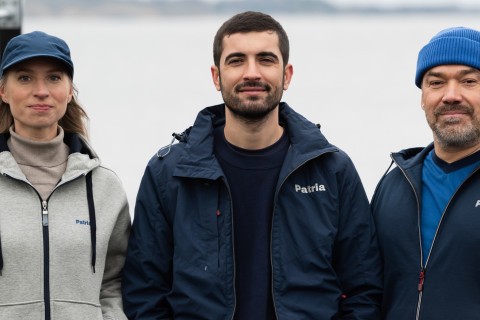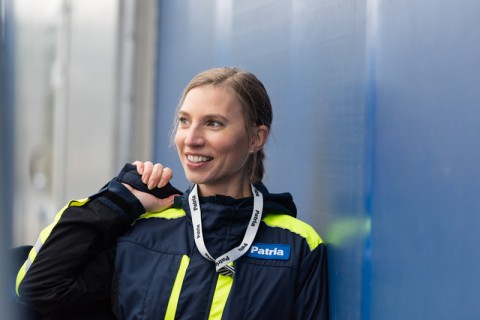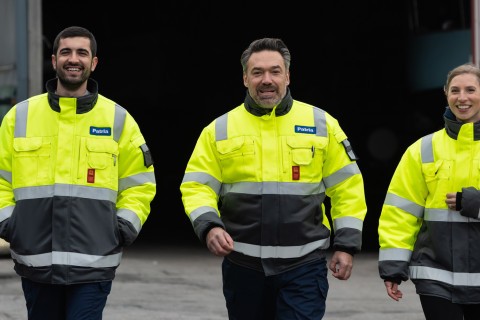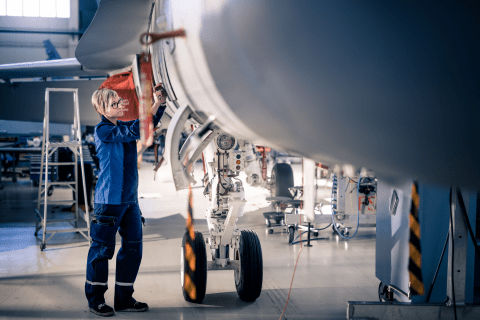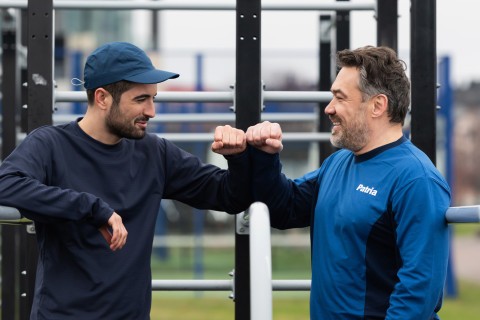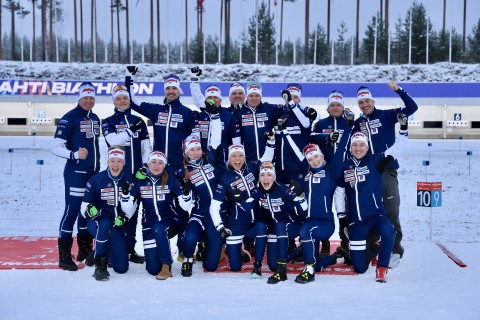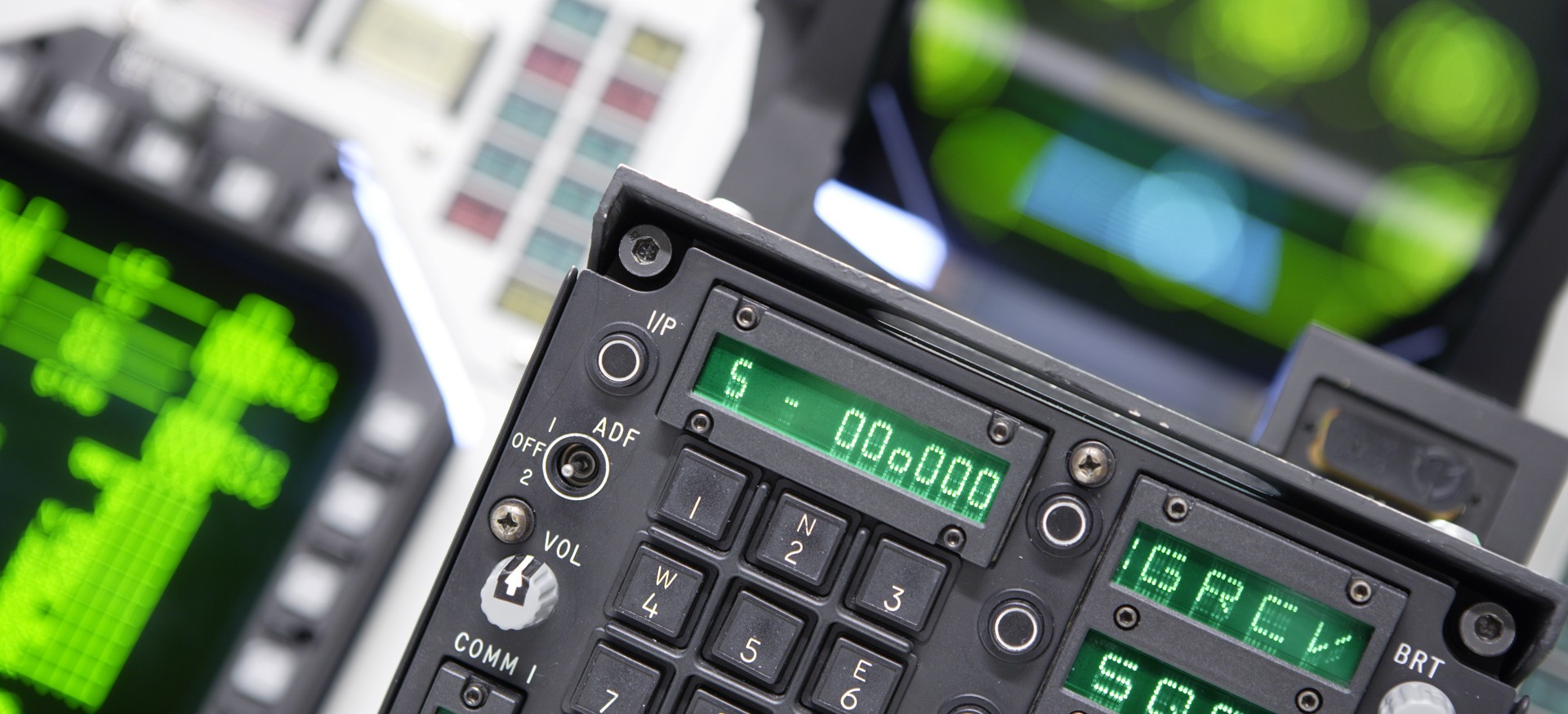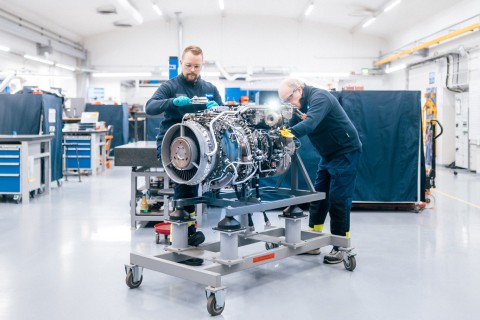
At Patria's STIC lab, software used in Hornet fighters is put under meticulous testing. Strong Finnish expertise also provides a solid foundation for demanding software testing in the coming years.
The performance of modern fighter aircraft is based on onboard software systems. To ensure reliability and safety, the software must be carefully tested before deployment.
Patria's Software Test and Integration Center (STIC) has tested the software for the F/A-18 Hornet multirole fighter jets operated by the Finnish Air Force since 2003. Over the past two decades, the STIC lab has developed into a significant centre of expertise, even by international standards.
– Our job is to verify and validate software supplied by the main user of Hornet jets, the US Navy. We test all software before a single test flight gets off the ground, says Harri Seppälä, Project Manager and Head of STIC.
Large-scale software testing is a months-long affair
The performance of Hornets is maintained and developed as planned throughout the lifecycle of the aircraft type. Software updates play a key role in the process.
– The software is updated at regular intervals. In addition to major system upgrades, they include bug fixes and minor improvements to existing systems, Seppälä says.
The time required for testing depends on how many new features the software update contains. Major updates take several months to go through tests.
The test environment of the Hornet flight system consists partly of real aircraft equipment, alongside simulated elements. This enables demanding testing and troubleshooting.
At the STIC lab, software testing is carried out by a team of engineers and PhDs specialised in technology.
Lab engineers are also an essential part of the test lab's operations. They make sure that the computers and software models used to run the tests are in correct configuration and fully support the test requirements.
Effective testing is built on mastery of the whole
In the software used in Hornet fighters, the most important object of testing is the Mission Computer – the "brain" of the fighter jet, which controls and monitors all the functions of the aircraft.
– The Mission Computer provides the user interfaces needed by the pilot. It also controls the aircraft's navigation and sensors. The Mission Computer also ensures that matters related to air traffic control are in order. These include minimum safe altitude warnings and transponder systems, Seppälä continues.
In the Mission Computer, a key object for testing is Sensor Fusion, which combines the data produced by the aircraft's sensors on the same target into a single observation, for example.
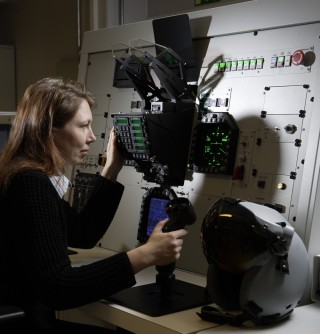
According to Seppälä, software testing requires, above all, expertise with the technical systems involved. The tester must have a thorough understanding of the operation of different systems. In addition, it is also necessary to know which Hornet equipment the systems communicate with and through what channels.
Control of the big picture and understanding of the technical operation of the equipment are essential. Testers must also be able to drill into the software down to the level of individual bits for troubleshooting purposes, for example.
Patria's STIC lab works in close cooperation with the Flight Test Section of the Finnish Air Force, which is responsible for software test flights, ground tests and acceptance testing.
– We report test results and observations to the Flight Test Section, which examines the data primarily from the perspective of the users and functionality of Hornets, Seppälä says.
A strong foundation for future software testing
The testing team at Patria STIC won the Finnish Air Force's F-18 Hornet Handler award in 2020. The foreword to the award highlighted the lab's long-standing merits in ensuring the performance of the Hornet fleet and its unwavering motivation to work diligently for the operational capability of the aircraft.
Harri Seppälä says that the expertise accumulated by the testing team over two decades also provides a solid foundation for future needs.
Seppälä points out that strong national expertise in software testing also helps improve Finland's security of supply. Patria's in-house test lab has been able to focus specifically on software used in the Hornets operated by Finland.
At the same time, Patria's software testing has also benefited the US Navy in detecting bugs and making the necessary corrections.
– In addition to Finland, other countries operating Hornets will benefit from more advanced and functional software systems, Seppälä says.
